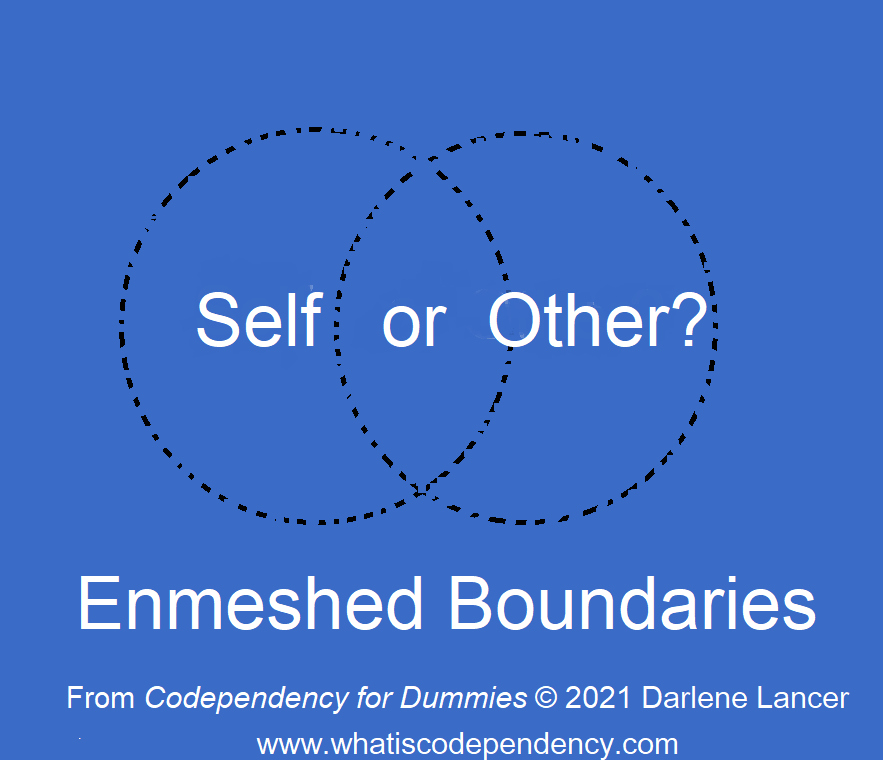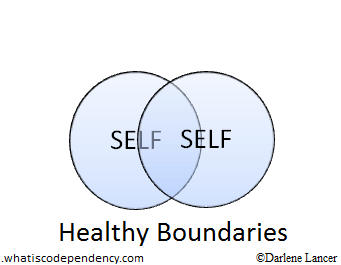 Maintaining boundaries is challenging for most of us. But the pandemic has made it even more difficult. People have been quarantined with a partner, housemate, or family for nearly a year. Normally, we could create physical space by seeing friends, going to work, the gym, or even taking side trips.
Maintaining boundaries is challenging for most of us. But the pandemic has made it even more difficult. People have been quarantined with a partner, housemate, or family for nearly a year. Normally, we could create physical space by seeing friends, going to work, the gym, or even taking side trips.
All that has changed. People who have been alone and lonely realize how much they need others. Some couples are closer, while others are headed for divorce.
Drug and alcohol abuse has risen, as well as mental health issues, such as anxiety and depression. A recent UK study reveals some interesting statistics:
- The relationship of 36% of couples newly cohabiting has moved faster.
- Nearly 60% of new couples feel more committed, but 17% are unhappy.
- Stresses include children, finances, and disputes about pandemic rules.
- Loneliness impacts 40% of people, but 29% have found they’re happier alone.
- Of all couples 42% value more quality time together since the lockdown, but 14% want to separate. (San Francisco divorce attorneys say consults are up 50%.)
- 61% of women living with abusers report abuse has worsened.
We all have needs for independence and closeness. But when we’re close with our partner and family all the time, tensions rise. It’s no wonder that domestic violence is on the rise worldwide.
Too much togetherness can make intimacy and sex feel undesirable. On the flip side, many of us are home alone and miss closeness with family and friends that Zoom doesn’t fulfill. For some people in the pandemic, instead of entangled, enmeshed boundaries quarantining has created artificially rigid boundaries because we’re alone more than we want to be. It’s easier to find balance when we’re not isolated alone or with our family or partner 24/7.
However, boundaries include more than physical space. We can be thousands of miles away from someone and still be obsessed with them, or we can be sleeping beside our spouse and feel a million miles apart. Hence, boundaries are emotional, too. These invisible boundaries are harder to recognize and maintain.
Enmeshed Relationships
You may be wondering whether your relationship is codependent or interdependent. Without boundaries, it’s the former; the relationship is “enmeshed.” We don’t know where we end and the other person begins. We’re reactive. We project our feelings onto them or feel responsible for their feelings, needs, and sometimes even actions. We blame and become critical, irritable, and defensive. There are also material, sexual, mental, and spiritual boundaries. Read more about boundaries.
Boundaries and Relationships
Emotional boundaries are vital. Relationships don’t work without them. They blur when you don’t have a strong sense of yourself and then start reacting to and feeling responsible for other people’s needs and feelings. You risk losing yourself. Couples then become very reactive and have huge never-ending fights.
 With healthy boundaries, you feel separate. This allows two whole selves to actually be closer. Other people’s feelings and words don’t confuse you or lower your self-esteem.
With healthy boundaries, you feel separate. This allows two whole selves to actually be closer. Other people’s feelings and words don’t confuse you or lower your self-esteem.
Boundaries tell someone how you want to be treated. They communicate the behavior you expect. Relationships suffer when your rights, needs, and space aren’t respected. You build up resentments that lead to walls instead of flexible boundaries. Then, you lose the closeness you also want.
Physical boundaries can be helpful — like to recover from a disagreement and center yourself. But all the space in the world won’t prevent you from obsessing about someone else or reacting to a text.
Boundaries can get blurred when we function in multiple roles, such as being in business with our partner or friend. Working at home can create a problem with boundaries. For example, if we can’t focus on our work due to distractions, or if our work “personality” spills over into our relationships. Conversely, we might use work to create artificial boundaries—space from our partner. This can lead to a breakdown in communication.
Boundaries also build trust, because the other person knows they cannot take advantage of you and that you’re being real — authentic. Some people react to your boundaries with anger or hurt. That indicates relationship problems and communication need attention. Couples counseling can help.
Setting Boundaries
Setting boundaries is difficult. Codependents often feel caught between feeling resentment when they don’t set boundaries and guilt and anxiety when they do. Learning to set them is a process. First, you must be able to identify your needs and feelings. Then you must value them and believe you have rights. Next, develop the courage to express them. Take the time to learn to be assertive.
When we don’t nurture ourselves, we have nothing to give to family members. We burn out! Creating boundaries in the pandemic requires some imagination. Try meditating, go outside, do a hobby to make time and space to center yourself mentally and emotionally in ways that are nourishing and rejuvenating.
Sometimes, especially with children and abusers, there must be a consequence to enforce a boundary. That requires more courage and the right words to say it respectfully and not punitively. See my ebook How To Speak Your Mind — Become Assertive and Set Limits and webinar How to Be Assertive.
When boundaries don’t work, there are reasons. For one, you must maintain them with consistency. Like training a child or dog. When you let them violate your rules, you’re communicating that you’ve changed your mind or that the boundary wasn’t important in the first place. When setting boundaries with someone who has a personality disorder, such as borderline or narcissistic personality disorder, the guidelines in confronting abuse are somewhat different. Get professional help. Read Dating, Loving, and Leaving a Narcissist: Essential Tools for Improving or Leaving Narcissistic and Abusive Relationships.
© 2021 Darlene Lancer
